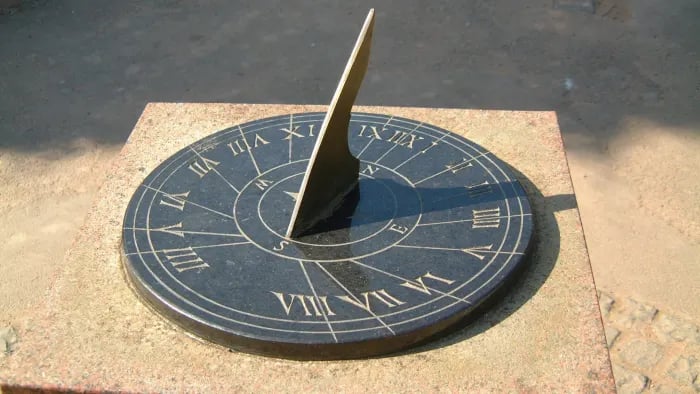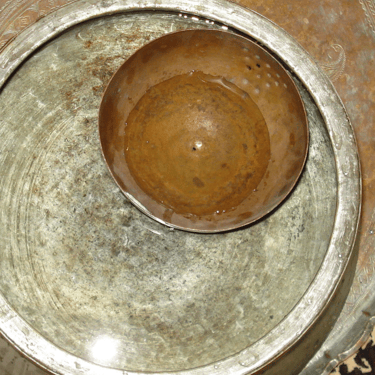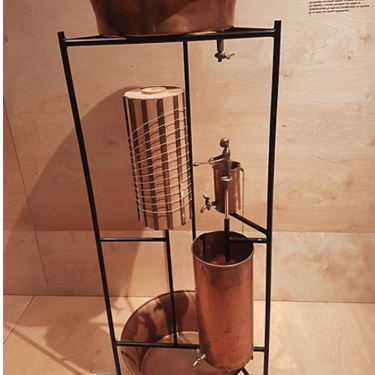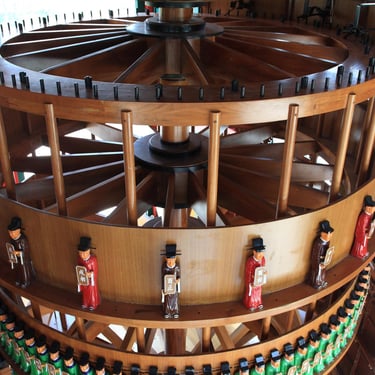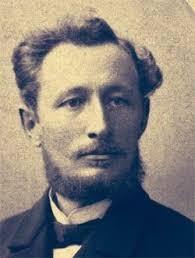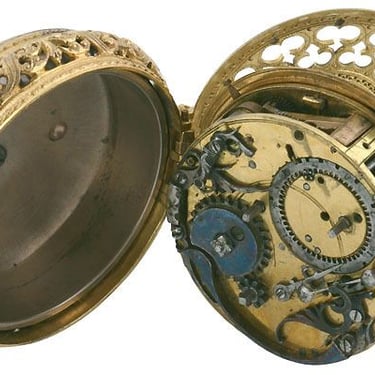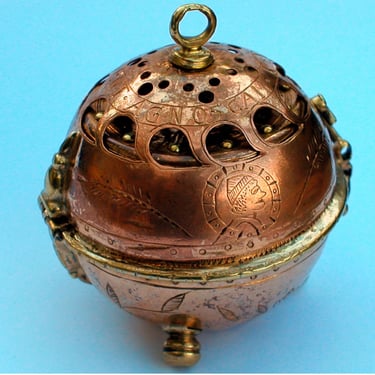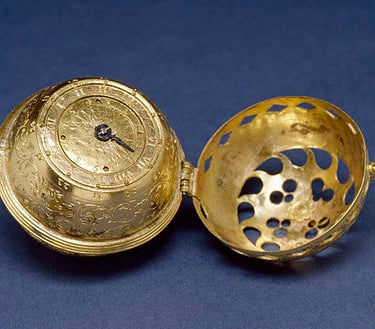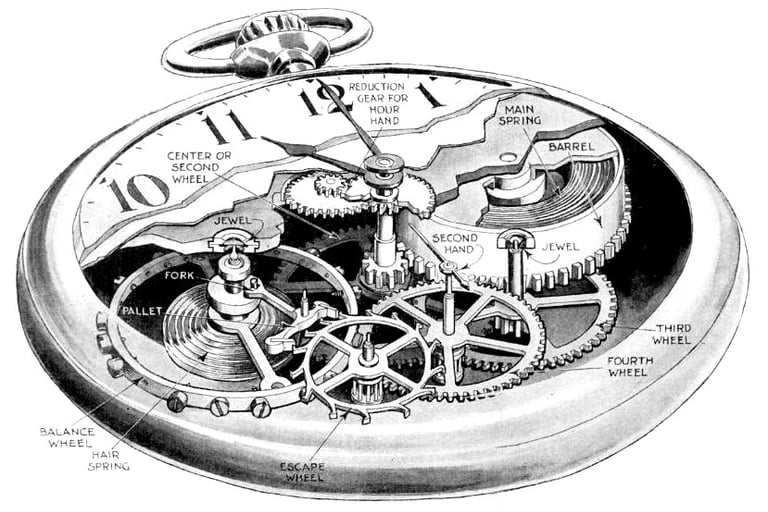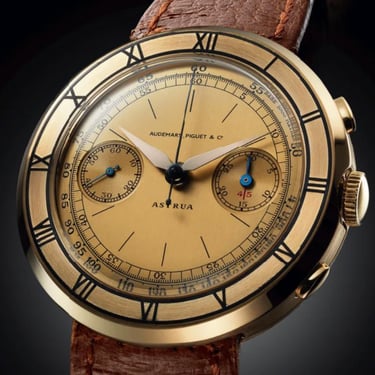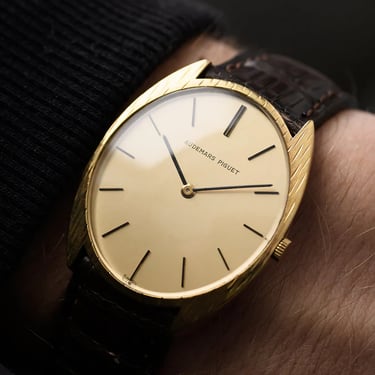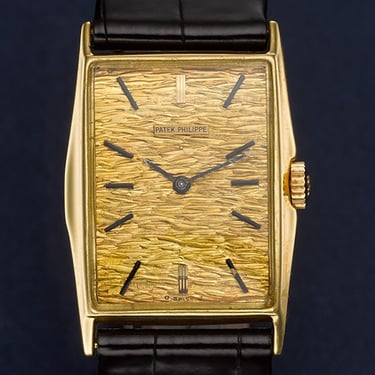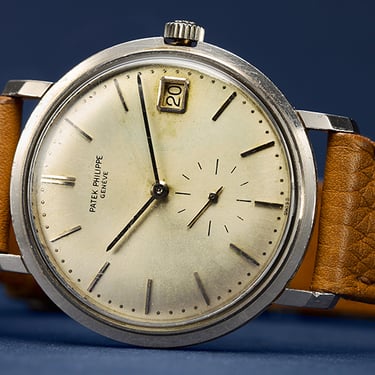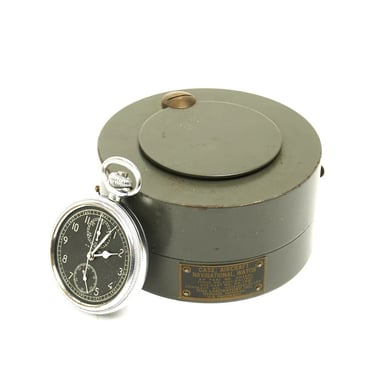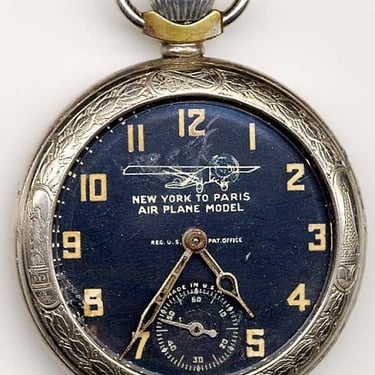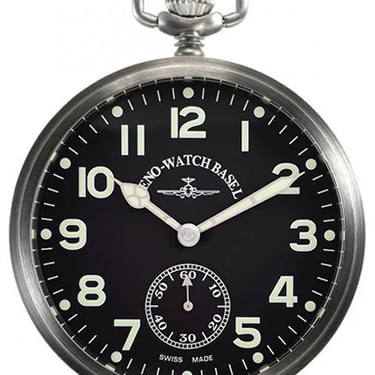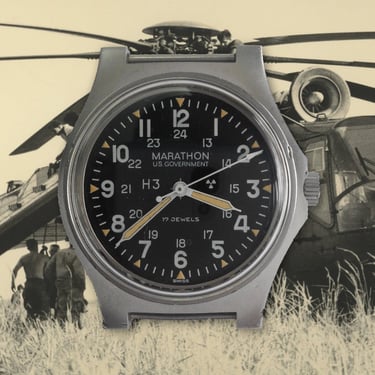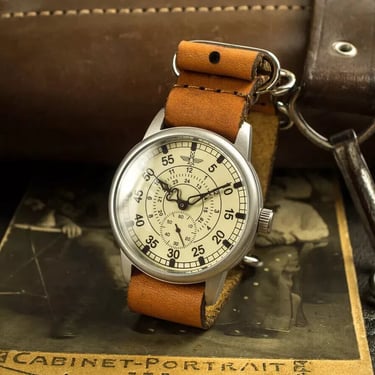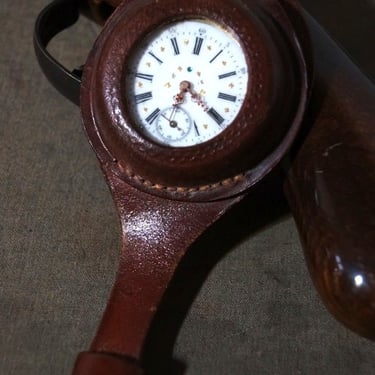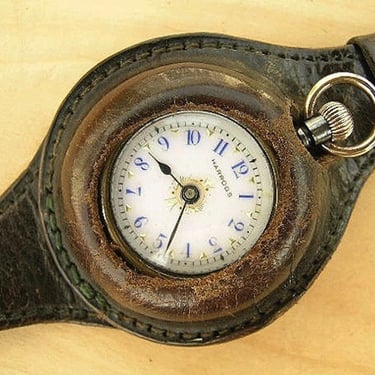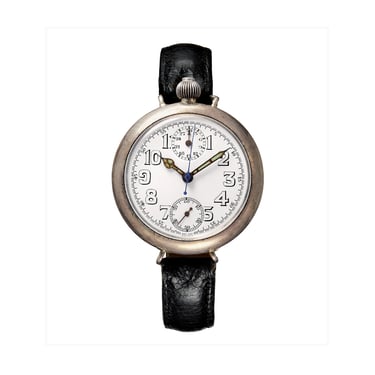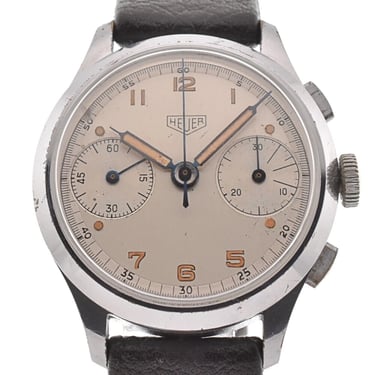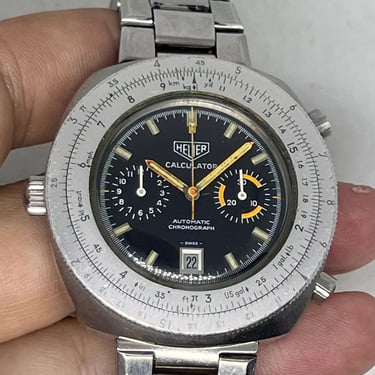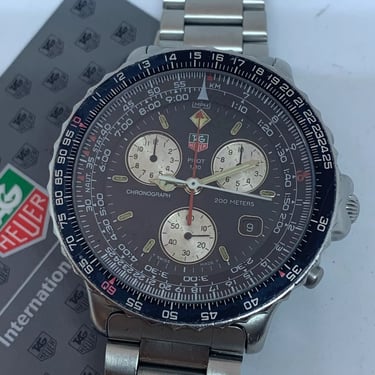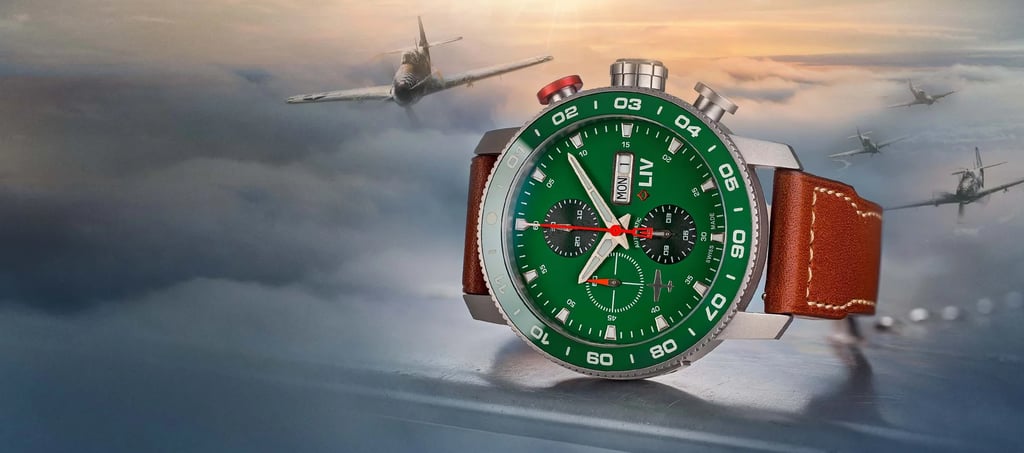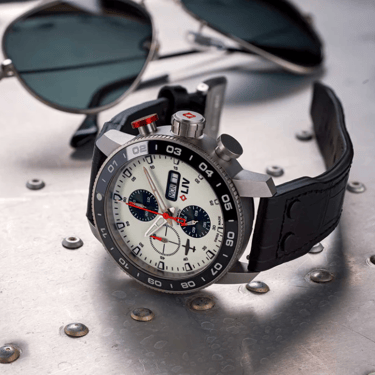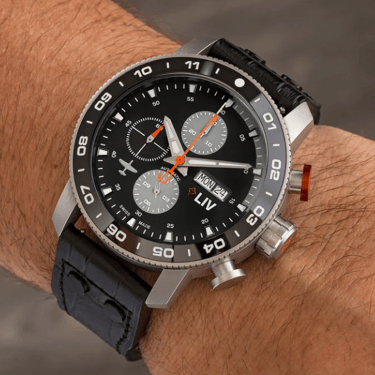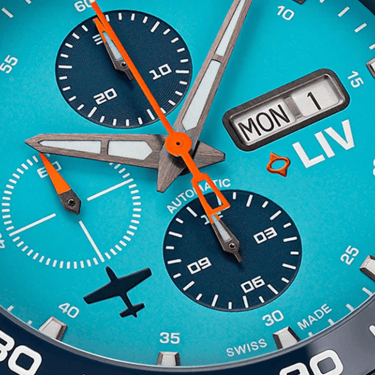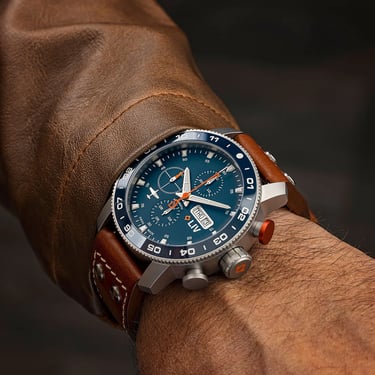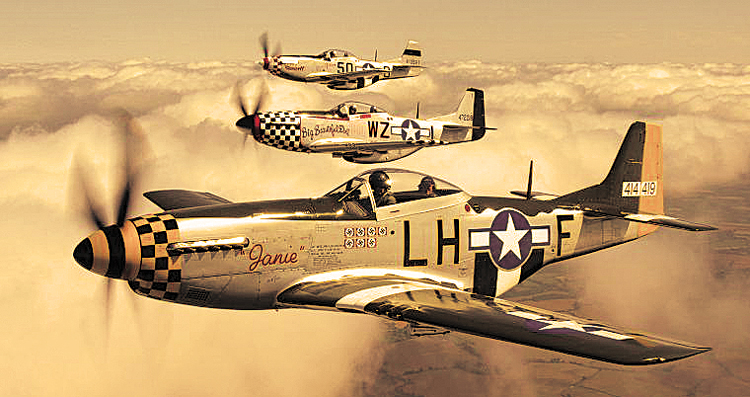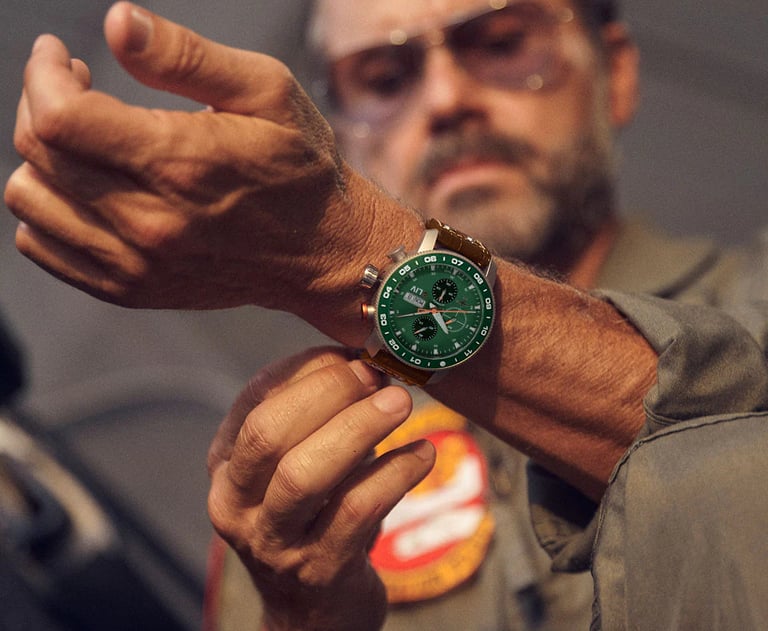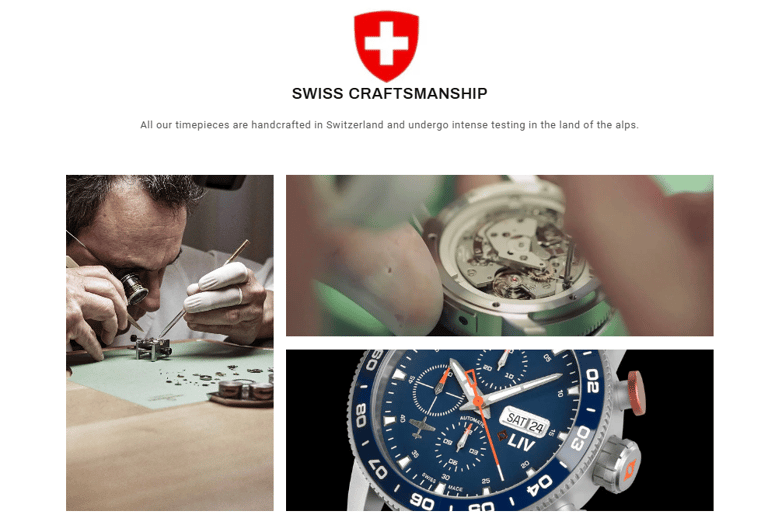The Timeless Evolution : The Evolution of Watches & its inception in Aviation
Abhishek
6/24/20256 min read


The Origins of Timekeeping: From Sundials to Mechanical Watches
The pursuit of precise timekeeping can be traced back to ancient civilizations, where rudimentary methods such as sundials marked the passing hours based on the sun's movement. Sundials, which functioned by casting shadows on a flat surface divided into segments, represented humanity's initial attempts to quantify time. They were simple yet effective, providing a visual concept of time that was intimately tied to the natural world.
As societies advanced, the need for more accurate methods of timekeeping emerged, particularly for agricultural planning and religious rituals. Early water clocks, or clepsydras, were used to measure time by the steady flow of water, while candles marked with hours offered another primitive solution. However, the limitations of these technologies highlighted a pressing need for improvements in precision. This led to the eventual development of mechanical timepieces in the 14th century, revolutionizing the way people measured and perceived time.
The introduction of the escapement mechanism was crucial to the evolution of mechanical watches, as it allowed for the regulation of timekeeping through controlled gear movement. It is with this notable advancement that inventors like Peter Henlein emerged, creating small, portable timepieces known as horological wonders. These early watches became symbols of status and sophistication, particularly in Europe, highlighting a paradigm shift in how time was viewed and utilized.
The innovations of the mechanical watch profoundly impacted society's relationship with time. Clocks began to dictate daily life, ensuring that activities such as work, transportation, and leisure were organized around a structured timeline. Thus, the transition from sundials to mechanical watches not only marked a significant technological milestone but also transformed societal norms, laying the foundation for the sophisticated horology that we experience today.
The Golden Age of Watches: Innovations and Iconic Models
The 18th and 19th centuries marked a remarkable period in the history of horology, often referred to as the golden age of watches. This era was characterized by extraordinary advancements in craftsmanship, precision, and design, which laid the foundations for modern watchmaking. At this time, renowned watchmakers began exploring innovative mechanisms that transformed the way timepieces functioned and were perceived by society.
One of the significant innovations during this period was the development of the winding mechanism. Prior to this, many watches utilized weight-driven systems, which were cumbersome and limited in use. The introduction of the manual winding mechanism allowed wearers to enjoy greater flexibility and convenience. Following this, the creation of the automatic movement revolutionized the industry further, permitting watches to wind themselves through the motion of the wearer's wrist. This innovation was crucial in making mechanical watches more accessible and practical for everyday use.
The exploration of wristwatches also gained momentum during this period. Initially considered merely pocket timepieces, wristwatches began to emerge as functional and fashionable accessories for both men and women. This shift reflected broader changes in lifestyle and the growing appreciation for personal adornment. Prestigious brands such as Patek Philippe and Audemars Piguet spearheaded this evolution, producing exquisite timepieces that combined artistry and functionality. Their models became symbols of status and sophistication, appealing to discerning customers seeking unique craftsmanship.
Throughout this golden age, the interplay between artistry and engineering was paramount. Watchmakers honed their skills to create intricate designs while ensuring mechanical precision. The innovations of this era not only advanced the technical aspects of watchmaking but also elevated watches to iconic status in the realm of luxury goods, solidifying their significance in history.
The Evolution of watches in Aviation
The evolution of watches in aviation is a fascinating journey that reflects not only advancements in technology but also the dynamic nature of air travel itself. From the early days of flying to modern digital navigation systems, watches have played a crucial role in aviation, aiding pilots in navigation, timing, and operational efficiency.
The Early Days: Pocket Watches
In the nascent stages of aviation during the early 20th century, pilots relied primarily on pocket watches. These timepieces were portable but cumbersome and lacked the ruggedness required for the aviation environment. Early aviators, like Charles Lindbergh and Amelia Earhart, often used classic pocket watches strapped to their flying suits. These watches were essential in calculating flight times and navigating long distances, where every second counted.
The Rise of Wristwatches
As aviation evolved and flight speeds increased during the 1920s and 1930s, the need for a more accessible and user-friendly timepiece led to the rise of wristwatches. The introduction of wristwatches revolutionized how pilots interacted with time; no longer did they have to fumble with a pocket timepiece. Instead, they could easily glance at their wrist while controlling the aircraft.
Wristwatches began to incorporate features tailored for aviation. Notably, brands like Longines and Breitling developed watches that displayed multiple time zones—integral for transcontinental flights. During World War II, military pilots used specially designed wristwatches that featured luminous dials and increased durability. These timepieces became essential tools in the cockpit, allowing pilots to manage their precise flight paths effectively.
Chronographs and Functionality
The mid-20th century saw significant advancements in the functionality of aviation watches, particularly with the introduction of chronographs. Chronographs enabled pilots to measure elapsed time with exceptional accuracy, perfect for timing maneuvers during flights or for navigation purposes. Swiss manufacturers like Omega and TAG Heuer played significant roles in this innovation. For example, the Omega Speedmaster became legendary not only for its aviation uses but also for its connection to space exploration. Featuring tachymeters, these watches allowed pilots to calculate speed over ground based on time.
The Future of Aviation Watches
As we move forward, the evolution of watches in aviation is still ongoing. The focus is now toward sustainability and the incorporation of advanced materials in watch construction, along with sophisticated software that promises to improve functionality and usability in demanding environments. Furthermore, strides in artificial intelligence and machine learning are leading to watches capable of predicting flight paths and potential hazards beforehand, pushing the boundaries of what is possible in aviation watch technology.
Conclusion
From humble pocket watches to cutting-edge smartwatches, watches have undergone an unprecedented evolution in aviation. Each innovation reflects a response to the changing needs of pilots and the demands of aviation. As technology continues to advance, these timepieces will likely continue to provide critical support and evolve to meet the needs of future aviators, ensuring that as long as there are skies to traverse, watches will play an integral role in the journey.
Spotlight on LIV Watches: The P-51 Titanium Limited Edition Chrono
The LIV Watches P-51 Titanium Limited Edition Automatic Chrono is a remarkable timepiece that exemplifies the intersection of innovation and craftsmanship in modern horology. Built with a robust titanium case, this watch caters to enthusiasts seeking a blend of durability and elegance. Titanium, known for its lightweight and corrosion-resistant properties, provides an optimal balance between comfort and functionality, making it an excellent choice for a contemporary chronograph.
At the heart of the P-51 is a sophisticated automatic movement, which not only ensures precision but also offers self-winding features. This movement reflects LIV Watches' commitment to excellence, showcasing their innovative approach to watchmaking. The technical precision inherent in this model allows for accurate timekeeping, a critical aspect for any watch aficionado. The movement is complemented by a clean yet intricate dial design that features luminous hands and markers, enhancing readability in various lighting conditions.
Moreover, the P-51 draws inspiration from aviation, specifically the iconic P-51 Mustang aircraft, known for its speed and agility. This influence is evident in the watch's design elements, such as the racecar-style tachymeter and distinct chronograph sub-dials, which echo the elements of high-performance aircraft instrumentation. Each watch is meticulously crafted, with only a limited number produced, ensuring both exclusivity and collectibility for enthusiasts.
LIV Watches exemplifies a fresh perspective in the watch industry, not merely through the craftsmanship of the P-51 Titanium Limited Edition Chrono, but also by forging a strong connection between the art of horology and modern technological advancements. Their focus on quality, innovative design, and precision make them a noteworthy player in the evolving landscape of watchmaking, appealing to both classic watch lovers and modern consumers alike.
